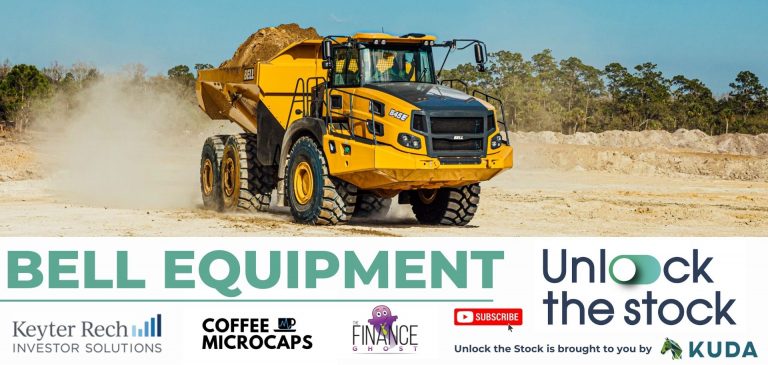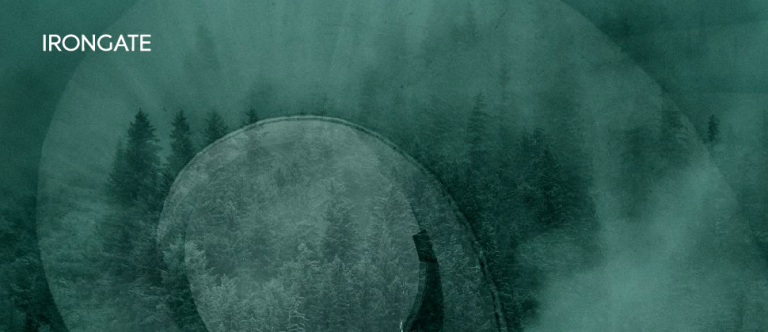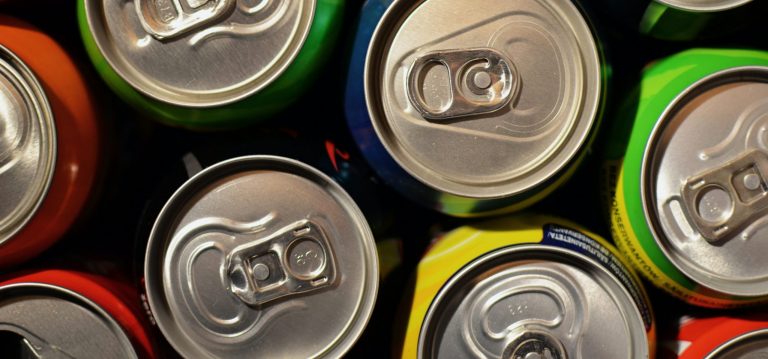Caxton and CTP Publishers and Printers Limited (simply known as “Caxton” in the market) has announced a R90 million acquisition.
The company will buy the operations and properties of Amcor Cape Town Bag in Box and Pouching (that really is the name) and Amcor Port Elizabeth. These are part of the Amcor Flexibles South Africa business.
Transactions like these are quite complex to implement, as assets and operations are being carved out and sold as a going concern. This is far trickier than simply selling the shares in a company. I used to dread these kinds of deals in my advisory days!
The deal requires approval by the Competition Commission but is too small to require shareholder approval under JSE Listings Requirements. No competition-related issues are anticipated as the overlap with Caxton’s existing business is limited.
The deal is being done in Caxton’s subsidiary CTP Limited, which produces bag-in-a-box cartons for the wine industry. The strategic fit is that Amcor Cape Town produces bag-in-a-box bladders. The operations are located nearby each other as an added benefit, as you know that Capetonians think a 6km drive is a weekend excursion.
The Port Elizabeth operation services the automotive tyre industry with liners, so the operations have been located close to customers which makes perfect sense.
The Caxton group is expanding in the local packaging industry and is anticipating a solid bump to turnover from this acquisition alongside the organic growth being enjoyed in folding cartons and wet-glue beer label demand amongst other categories.
Right at the end of the announcement, Caxton reminds the market that it holds 34% in Mpact as a “prelude to an intended merger transaction” – watch this space. Caxton is already seeking competition approval before potentially making a move.

